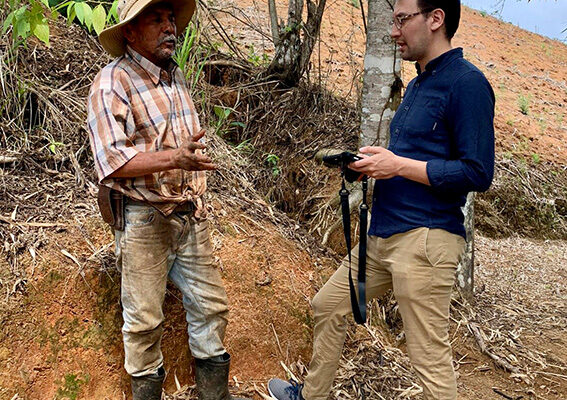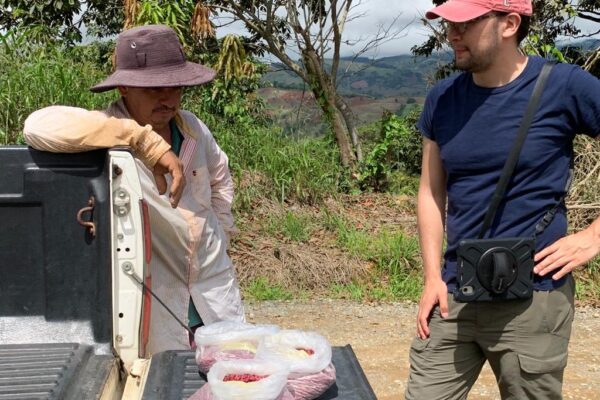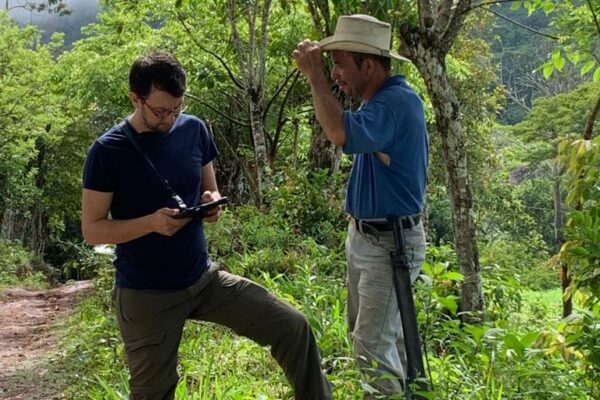Beans are a staple crop for Costa Rican farmers, and a new variety of red bean released this spring is adapted to low-fertility soils, possesses increased resistance to disease and is 15% higher yielding than the most cultivated variety currently grown in the country.
A coalition of organizations and scientists have worked for seven years to develop and test the new variety, with support from the Feed the Future Innovation Lab for Crop Improvement. For the past three years, they have been aided by Sergio Puerto, a Ph.D. candidate in applied economics at Cornell University, who conducted a randomized control trial involving 800 farmers and 5 potential new varieties. Puerto’s analyses, which form part of his Ph.D. dissertation, were based on a method called triadic comparison of technologies, or Tricot, which involves recruiting farmers as citizen-scientists to grow and assess seeds under a far greater diversity of conditions than would be possible for plant breeders to do alone. These collaborative trials also enable farmers to influence which seeds are ultimately released to the public, and they speed adoption of new varieties.
“It’s very important to know farmers’ preferences, because agricultural technology ultimately isn’t helpful if farmers don’t adopt it,” Puerto said. “A variety may have specific benefits – increased productivity, disease-resistance, weather resilience – but the farmers have to like it to adopt it.”
Plant breeders at the University of Costa Rica and the Instituto Nacional de Innovación y Transferencia en Tecnología Agropecuaria (INTA) developed 5 potential new varieties. Then, under the Tricot method, a group of 400 farmers were given seeds for three of the varieties to test and evaluate. They ranked each of their three, best to worst. Puerto analyzed that crowdsourced data and provided plant breeders with estimates of the new varieties’ performance and farmers’ preferences.
The most preferred variety was the one ultimately chosen for public release: Urán, named for one of the tallest mountains in Costa Rica. Puerto was among the scientists who presented about their efforts at an event celebrating the release on March 3. Urán is also resistant to the golden yellow bean mosaic virus, one of the diseases that attack the crop, according to INTA.
After farmers tested the 5 varieties and prior to Urán’s public release, Puerto returned to Costa Rica and gave participating farmers the opportunity to buy a small quantity of the Urán seeds.
“We wanted to see if farmers were willing to put their money where their mouth is,” Puerto said. “The breeders came along with me when we were making these offers and we learned a lot about what farmers value. Throughout this project, being able to work collaboratively with farmers, plant breeders, social scientists, and extension agents taught me a lot, and I think my research was better and richer because of it.”
Puerto’s research was also supported by a doctoral dissertation research improvement grant from the U.S. National Science Foundation.
About the author
Krisy Gashler is a writer for the Feed the Future Innovation Lab for Crop Improvement.
For media inquiries or more information, reach out to us at ilci@cornell.edu.






